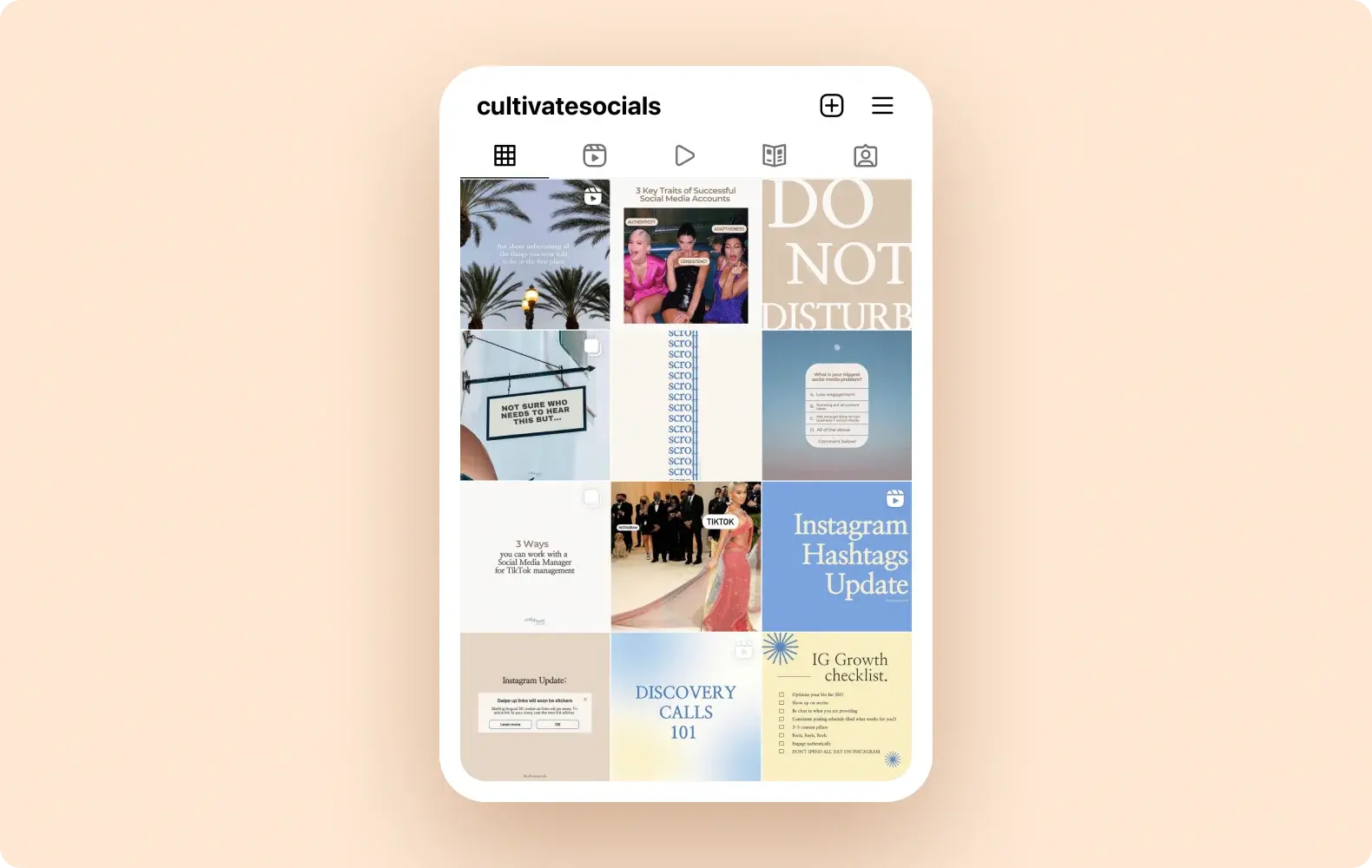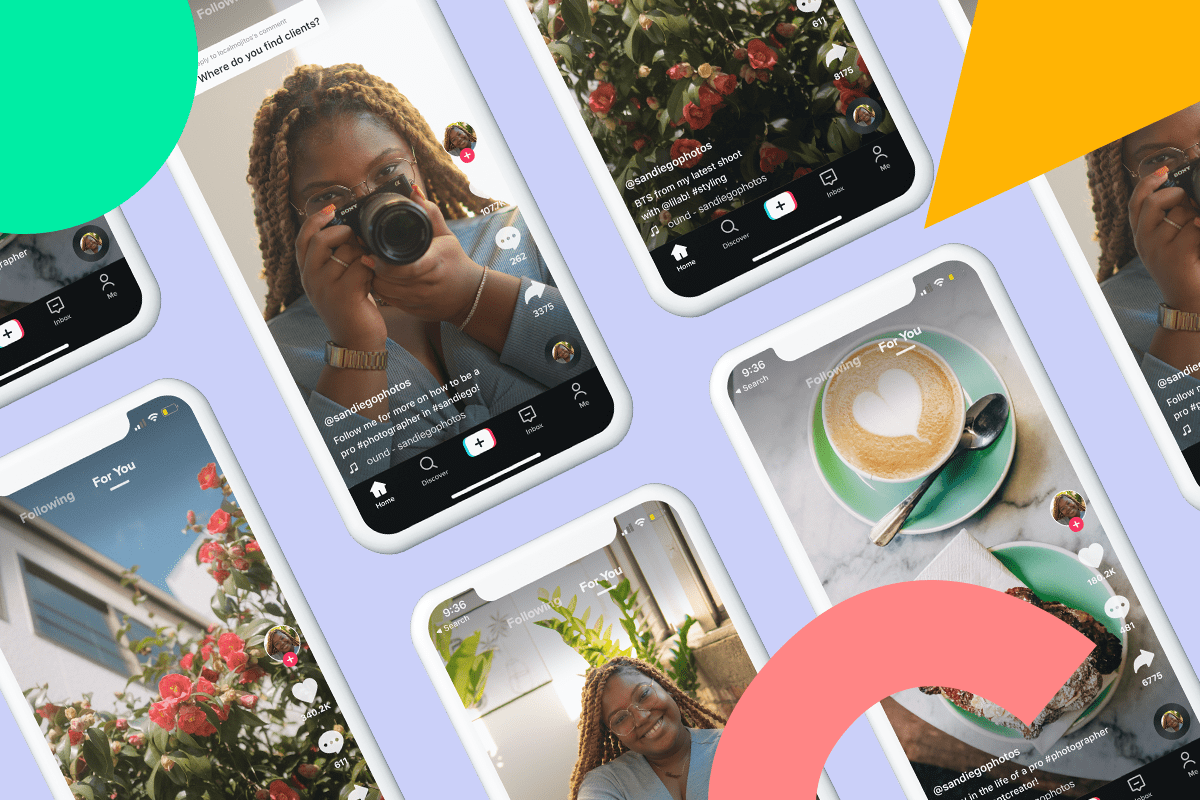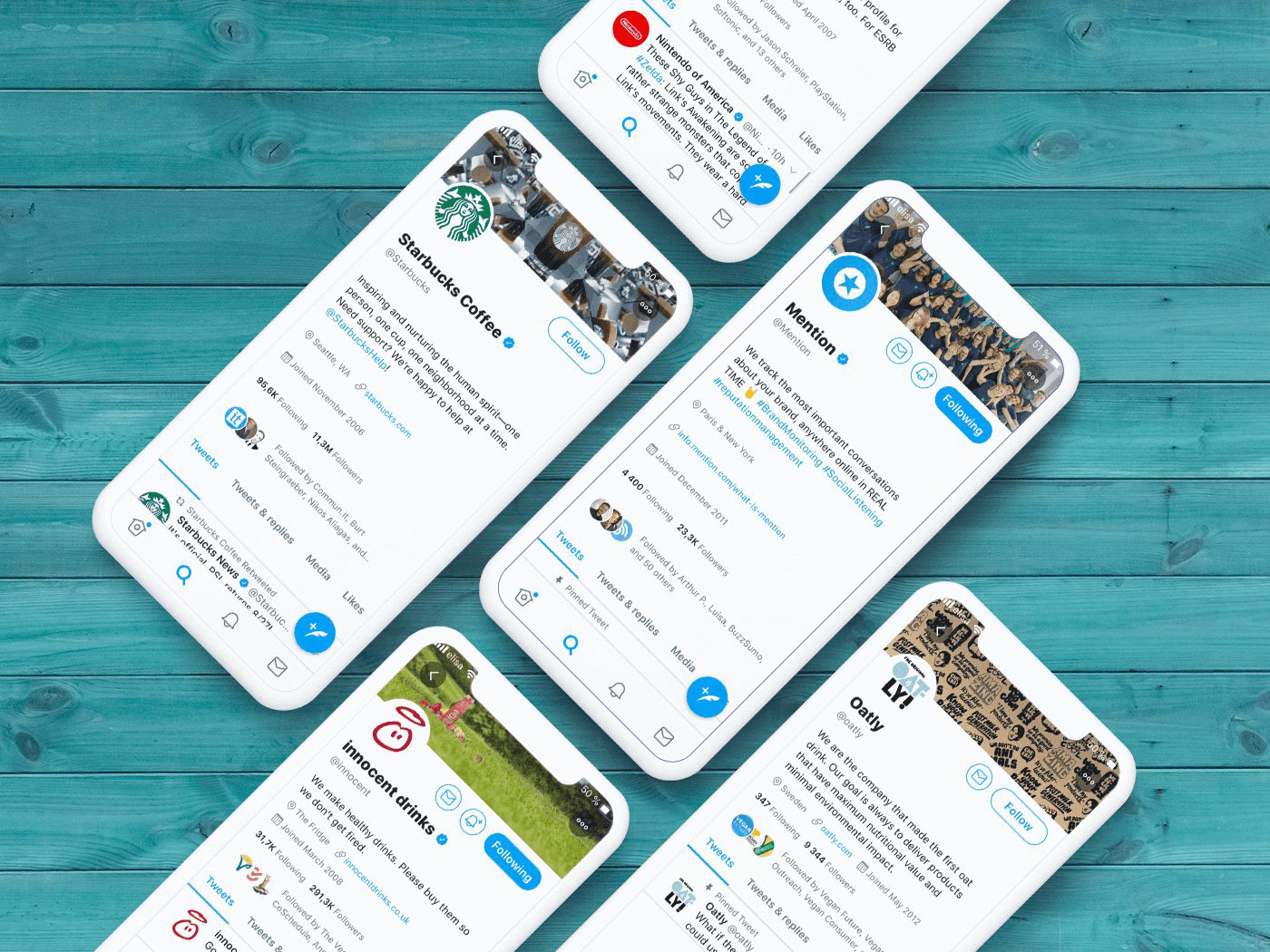In the rapidly evolving world of social media, creating a strong online presence requires more than just posting content. Each platform has its unique audience, culture, and format, making it essential to tailor your strategies to fit their specific needs. By understanding platform nuances, leveraging trends, and integrating cross-platform campaigns, creators can maximize their reach, enhance engagement, and build a cohesive brand image.
This guide explores effective methods to develop tailored strategies that resonate across different social media channels. Let’s dive in!
Why Should Creators Tailor Strategies for Each Social Media Platform?
The most popular platforms – Facebook, TikTok, Instagram, X (formerly Twitter), and YouTube – each has its unique audiences and content styles. To effectively reach your target audience, it is essential to tailor your social media strategies to align with the distinct characteristics of each platform.
Better Visibility
Each platform’s algorithm is designed to prioritize content that aligns with its unique structure and user behavior. Tailoring your strategy ensures your posts have a higher chance of being featured in feeds, explore sections, and recommendations. By aligning with these algorithms, you enhance your content’s discoverability and reach.
Cater to Platform-Specific User Behavior
Different platforms attract varied audiences, each with distinct behaviors and expectations. Customization ensures that your tone, format, and style align with the preferences of users on that platform. For example, some platform’s audiences might prefer bite-sized content, while others favor detailed and informative format. Meeting these expectations improves relatability and builds stronger connections.
Maximize Engagement
Engagement thrives when content resonates deeply with the audience. Tailored strategies help:
- Encourage more likes, shares, and comments by creating content that feels natural to the platform.
- Reduce bounce rates by delivering what the audience expects in terms of style and value.
This boosts your overall interaction metrics, driving more organic growth.
Build Brand Credibility
When your content matches the culture of the platform, it signals to users that your brand understands and values their preferences. This builds trust and positions you as an authentic and credible presence in their online space.
Stay Agile in a Dynamic Environment
Social media trends and features evolve rapidly. A tailored approach allows you to:
- Adapt quickly to new trends without losing consistency.
- Experiment with platform-specific innovations to stay ahead of competitors.
By staying agile, you ensure your strategies remain effective even as platforms change.
How To Tailor Social Media Strategies for Every Platform?
Creating platform-specific social media strategies requires thoughtful planning, research, and adaptation. Below is an expanded guide to crafting tailored campaigns that maximize engagement and impact.
Research the Platform’s Culture
To align your content with the preferences and expectations of each platform, conduct thorough research:
- Posting Schedules: Identify optimal times for posting by analyzing when users are most active. Peak engagement times can vary widely by platform and audience demographics.
- Content Formats: Study which types of content perform best, such as images, videos, text, or live streams. Platforms often favor specific formats, and knowing these preferences ensures your content gets noticed.
- Platform Distinctions: Understand how each platform encourages interaction, such as through likes, shares, reactions, or comments. Learn the unique language or style that resonates with users.
Understand Your Audience
Knowing your audience is key to delivering relevant content:
- Demographics: Gather data on age, gender, location, and interests to tailor your messaging.
- Preferences: Use surveys, analytics, or feedback to understand what type of content your audience values most.
- Behavior: Analyze how your audience interacts with content. For example, determine if they prefer educational posts, entertainment, or promotions.
Analyze Competitors
Competitor analysis can offer valuable insights:
- Content Themes: Identify which topics or themes resonate most with your competitors’ audience.
- Engagement Patterns: Observe the types of content driving the most interactions and learn what strategies might work for you.
- Weaknesses: Pinpoint gaps or areas where competitors fall short and use those opportunities to differentiate yourself.
Customize Content and Strategies
Create tailored content that aligns with the platform’s standards and audience expectations:
- Visual Consistency: Use color schemes, fonts, and design elements that reflect your brand identity while adapting to the platform’s style.
- Tone and Messaging: Adjust your tone to fit the platform’s audience, whether it’s formal, casual, humorous, or informative.
- Content Variety: Balance different types of content – educational, promotional, and entertaining – to keep your audience engaged.
Conduct A/B Testing
Testing different approaches ensures you’re making data-driven decisions:
- Content Variations: Experiment with different visuals, headlines, CTAs, or post lengths to determine what performs best.
- Audience Segments: Test strategies across various audience segments to identify preferences and fine-tune your targeting.
- Analyze Results: Use metrics like engagement rate, click-through rate, and conversions to refine your approach.
This step helps to see if the strategies you use for the platform is suitable or not yet. A/B Testing should be used in a period of time to get better improvements in the future.
Update for New Learning Points
Social media trends and features evolve rapidly, requiring creators to remain agile:
- Monitor Updates: Keep track of new tools, formats, or features introduced by platforms to stay ahead of the curve.
- Engage with Trends: Participate in trending challenges, memes, or conversations relevant to your niche to enhance visibility.
- Adapt Quickly: Incorporate trends while maintaining your brand voice to show relevance without losing authenticity.
Creating an effective social media strategy requires staying informed, engaging meaningfully, and maintaining consistency across platforms. Begin by keeping up with platform updates, new tools, and trends to remain relevant. Participate in trending challenges or conversations that align with your brand while maintaining authenticity. Use data-driven insights to track performance metrics like engagement and conversions, analyze audience feedback, and refine strategies for continuous improvement.
How To Tailor Social Media Strategies for Specific Platform?
1. Instagram
Platform’s Characteristics:
Instagram thrives on visual storytelling, making it ideal for visually appealing images and videos. It caters to a younger audience, predominantly millennials and Gen Z, who value authenticity and aesthetics.
Target Audience Behavior:
- Users prefer short, visually striking content that aligns with their interests.
- They engage more with posts that evoke emotions, offer value, or inspire.
- Instagram’s interactive features like polls, Q&A, and stickers drive higher engagement in Stories.
Content Pillars/Suggested Content:
- Behind-the-Scenes: Offer glimpses into your processes or daily life to build authenticity.
- User-Generated Content: Share content from followers to foster a sense of community.
- Educational Content: Infographics or carousel posts explaining tips or insights work well.
- Trending Content: Leverage Reels to hop onto viral trends.
Recommended Visual Format:
- High-quality images with vibrant colors and good lighting.
- Vertical videos for Stories and Reels (9:16 aspect ratio).
- Consistent themes or color palettes for feed cohesion.
Suggested Time to Post:
- Weekdays: 9 AM – 11 AM for mid-morning engagement.
- Sundays: 6 PM – 9 PM, as users unwind and scroll through their feeds.
2. Facebook
Platform’s Characteristics:
Facebook is a community-driven platform that caters to a wide demographic, from millennials to Gen X. It’s a space for building connections through long-form, detailed posts and group discussions.
Target Audience Behavior:
- Users engage with content that sparks discussions or shares valuable information.
- Video content and live streams perform exceptionally well.
- Communities and Groups drive a sense of belonging and loyalty.
Content Pillars/Suggested Content:
- Thought Leadership: Share blog links, articles, or detailed posts to showcase expertise.
- Community Interaction: Run polls, host live Q&A sessions, or post engaging questions.
- Promotions: Highlight special offers or discounts with clear CTAs.
Recommended Visual Format:
- Square images (1:1) for posts and ads to maximize screen coverage.
- Horizontal videos (16:9) for professional-looking uploads.
- Infographics or slideshows for longer, informative content.
Suggested Time to Post:
- Weekdays: 1 PM – 3 PM for peak afternoon activity.
- Saturdays: 10 AM – 12 PM, as users are active on weekends.
3. TikTok
Platform’s Characteristics:
TikTok is the epicenter of short-form, creative video content. Its primary audience is Gen Z and younger millennials who value entertainment, humor, and authenticity.
Target Audience Behavior:
- Users scroll rapidly, making the first 3 seconds of a video crucial for grabbing attention.
- They actively participate in trends, challenges, and viral audio clips.
- Relatability and originality trump polished production.
Content Pillars/Suggested Content:
- Challenges: Create or participate in trending challenges to reach wider audiences.
- Educational Content: Quick tips, hacks, or tutorials are highly shareable.
- Storytelling: Use the “day in the life” or relatable narratives to engage viewers.
Recommended Visual Format:
- Vertical videos (9:16) with engaging thumbnails.
- Captions or subtitles to ensure accessibility.
- Incorporate dynamic transitions and popular audio tracks.
Suggested Time to Post:
- Weekdays: 6 PM – 10 PM, as users unwind after work or school.
- Saturdays: 2 PM – 5 PM for weekend engagement.
4. X (formerly Twitter)
Platform’s Characteristics:
X is a fast-paced platform centered around concise communication, real-time updates, and news. It’s popular among professionals, activists, and enthusiasts of niche topics.
Target Audience Behavior:
- Users expect timely, impactful tweets that provoke thought or spark conversation.
- They engage with visual enhancements like images, GIFs, and videos.
- Hashtags drive discoverability and trend participation.
Content Pillars/Suggested Content:
- Breaking News: Share timely updates or insights on trending topics.
- Thought Leadership: Post concise, value-packed threads or single tweets.
- Interactive Posts: Use polls, retweets, or open-ended questions to engage users.
Recommended Visual Format:
- Images (2:1 aspect ratio) to complement tweets.
- Short videos (16:9 or square) for impactful storytelling.
- Eye-catching GIFs for light-hearted engagement.
Suggested Time to Post:
- Weekdays: 7 AM – 9 AM for morning scrolls.
- Wednesdays: 12 PM – 3 PM during lunch breaks.
5. YouTube
Platform’s Characteristics:
YouTube thrives on long-form video content and is the second-largest search engine, making it a hub for educational, entertaining, and how-to videos.
Target Audience Behavior:
- Viewers seek value-packed, high-quality videos tailored to their interests.
- Shorts attract casual viewers, while long-form content caters to loyal subscribers.
- Consistency in posting schedules builds audience trust and engagement.
Content Pillars/Suggested Content:
- How-To Tutorials: Step-by-step guides for practical topics.
- Product Reviews: In-depth assessments for niche audiences.
- Entertaining Content: Vlogs, challenges, or storytelling formats.
Recommended Visual Format:
- Horizontal videos (16:9) for full-screen viewing.
- Thumbnails with bold text and clear imagery for better click-through rates.
- Subtitles and captions for accessibility.
Suggested Time to Post:
- Weekdays: 5 PM – 8 PM, as users relax after work.
- Saturdays: 10 AM – 12 PM, for weekend browsing.
What are Benefits for Leveraging Cross-Platform Integration for Campaigns?
In addition to tailoring content for each platform, creators can amplify their social media strategies by integrating campaigns across multiple channels. Cross-platform integration ensures a seamless brand presence while leveraging the strengths of each platform.
- Maximize Reach: Engaging audiences on multiple platforms increases brand visibility and access to diverse user bases.
- Reinforce Messaging: Consistent themes across platforms strengthen brand recognition and impact.
- Efficient Resource Utilization: Repurposing content across platforms saves time while ensuring relevance.










